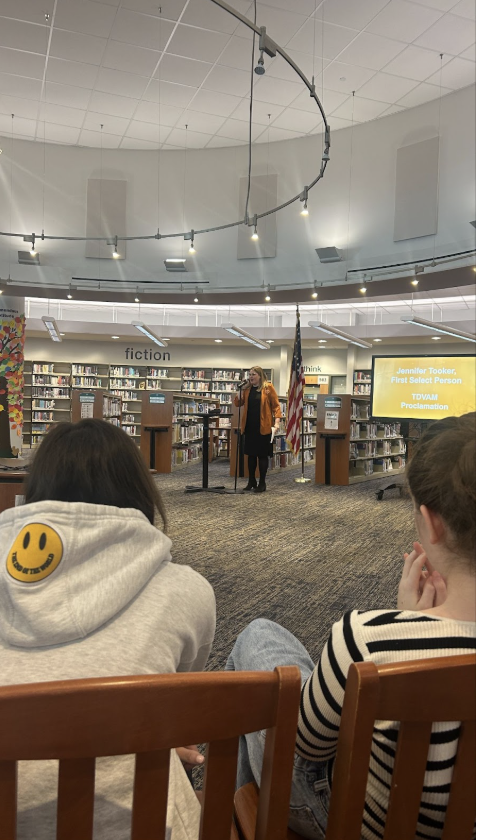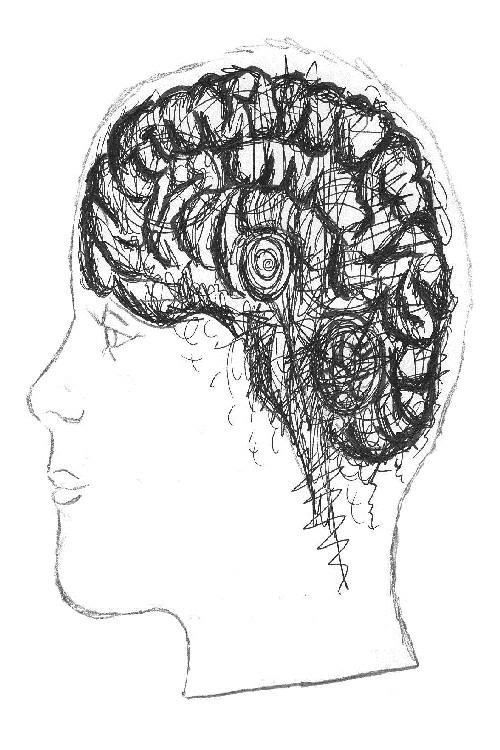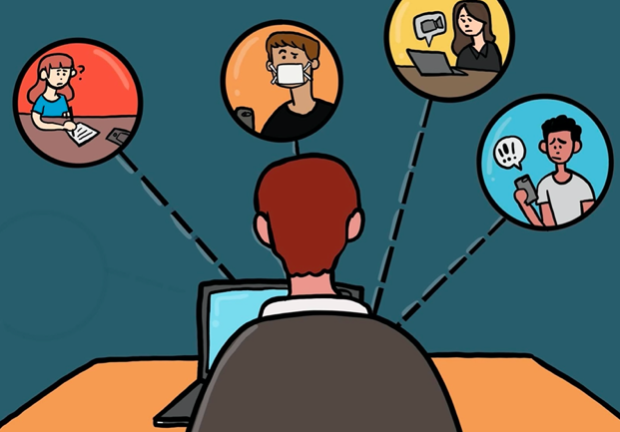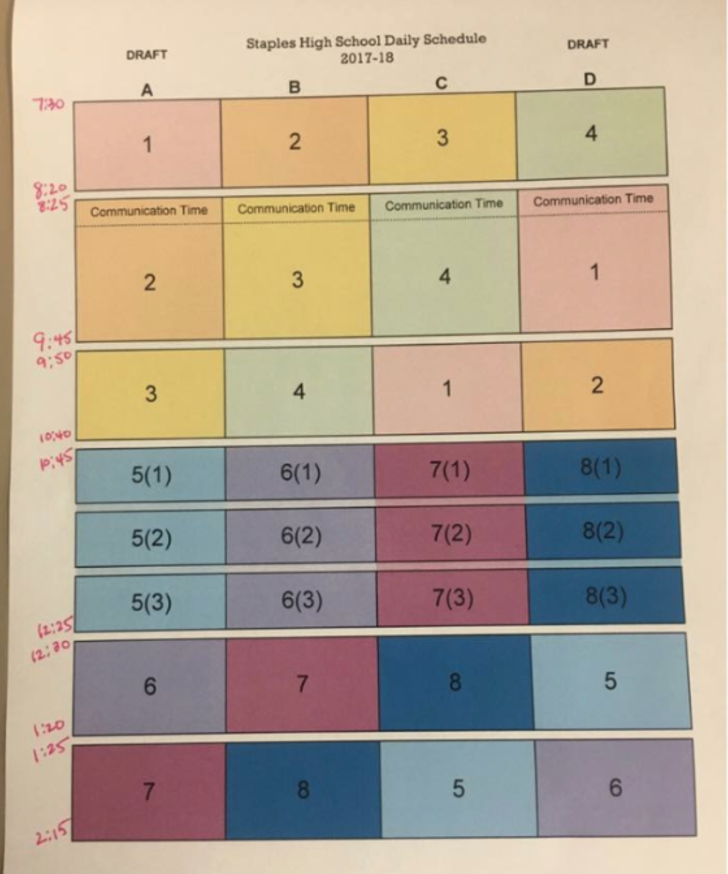We’ve all seen the ads, read the articles, and heard the stories about concussions among teenagers. Some get concussions from playing contact sports, like football or lacrosse. Others get concussions from jumping off a diving board or even from a mere fall in gym class. Regardless of how they’re happening, the fact of the matter is that they are happening.
And they’re no laughing matter.
Concussions never used to be on doctors’ radars. They were often misdiagnosed as chronic headaches and treated with a few days of rest. Now, though, doctors understand both the potentially dangerous short- and long-term effects of this common brain injury. The problem is, not everyone else does.
There’s a reason for this.
Concussions are, after all, impossible to see. They’re not like a broken bone— there are no casts or crutches to show that the injury did, in fact, occur. And how long their effects last is impossible to predict. There’s no definitive expiration date.
How can you see that a concussion has healed?
It’s true that a few kids may have used this gray area to manipulate parents and teachers to try to get out of work. Other kids aren’t always precise regarding the details of their concussions, leading teachers to believe, wrongly, that they’re using them as excuses to miss tests or assignments.
The point is, though, that most kids who say they have concussions actually do. And the school shouldn’t rush their healing. Post-Concussion Syndrome continues weeks, months, or even years after the initial impact.
So teachers (and we mean this in the nicest possible way), there’s no choice: grit your teeth and write the make-up tests.
We would ask students to be more honest about concussions, but is anyone actually making up concussion symptoms? After all, who’d want to face weeks of make-up work while continuing to keep up with a demanding academic schedule?
In fact, there is a pretty definitive way to determine whether or not someone still has concussion symptoms. It’s called baseline testing. The idea is that kids, especially athletes, are tested before they ever have a concussion, to establish their normal brain activity. Then, after a concussion is diagnosed, the students can be tested to gauge severity and, later, completion of recovery.
Despite what Westport schools say, they’re not expensive or time-consuming, which is why most schools in the area require them of all athletes. Do we value our athletes less than do other districts? Baseline testing is a safety precaution worth paying for.
Something needs to change.
Westport does a great job of taking care of our academic needs.
But it needs to do a better job of taking care of our brains.
















































![[Nov. 2016 Editorial] Battling bystander effect requires administrative change](https://www.inklingsnews.com/wp-content/uploads/2016/11/Screen-Shot-2016-11-22-at-1.05.28-PM.png)


